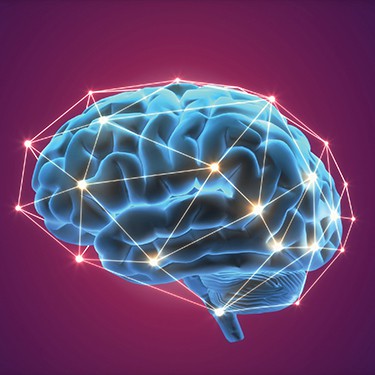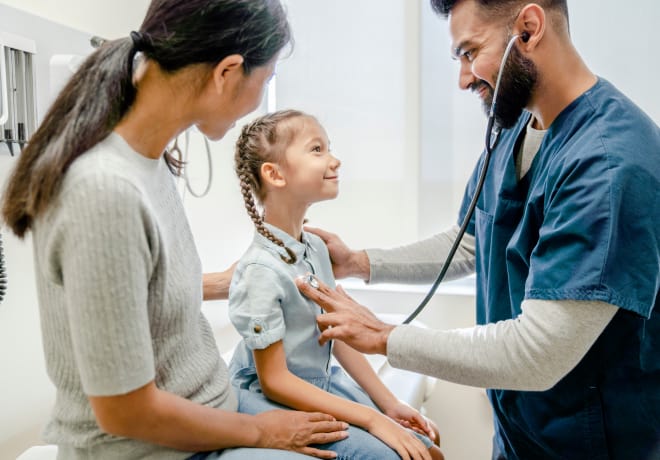What is Post-Traumatic Stress Disorder or PTSD?
Post-traumatic stress disorder is not just for war veterans or victims of major traumatic events. PTSD can arise from any circumstance in which people experience or observe something traumatic.
What qualifies as traumatic for one person may not for another. For some people, the loss of a pet or a divorce can be a catastrophic traumatizing event that can lead to symptoms of PTSD. PTSD can evolve from any situation in which people feel a sense of helplessness or hopelessness.
How serious is PTSD in the healthcare industry?
The Journal of General Internal Medicine recently surveyed 500 healthcare professionals and found that the COVID epidemic has led to severe experiences of mental health struggles within the industry.
Of those surveyed, 74% said they were depressed, 37% said they had experienced symptoms of PTSD, and 15% said they had thoughts of suicide and self-harm.
What are the symptoms of PTSD?
There are many symptoms consistent with post-traumatic stress disorder. Core criteria for a diagnosis of PTSD include worry and anxiety, often accompanied by hypervigilance, nightmares or spontaneous memories (“flashbacks”) of the event, avoidance of triggers.
There are many behavioral symptoms people may exhibit. These can include:
- Irritability, agitation, hostility
- Hyper-vigilance, or feeling constantly on-guard
- Fear or mistrust
- A sense of guilt
- Loneliness
- Social isolation
- Self-destructive behavior
- Emotional detachment
Many of these symptoms overlap with symptoms of other mental health conditions, like anxiety and depressive disorders. For this reason, it can be hard to recognize or diagnose PTSD. One helpful reminder is that PTSD may occur months after the traumatic event. A stress response at the time of the event would be normal and warranted, and in many cases, people do not develop PTSD after traumatic events.
What is the difference between sadness and depression?
Both sadness and depression are normal responses to unpleasant events. All of us will experience feeling “depressed” at times in our lives. Feeling depressed does not mean you have a diagnosis of major depressive disorder or even a single depressive episode. These symptoms become diagnosable when the response is disproportionate to the stimulus, there is no stimulus at all, or symptoms become incapacitating.
Are anxiety and depression different?
Anxiety and depressive disorders are separate diagnoses. However, it is not unusual that people experience symptoms of both. There is a substantial overlap among the symptoms of these disorders, and if diagnostic criteria for more than one diagnosis is met, a dual diagnosis occurs.
What are the core criteria of an anxiety disorder?
In order for patients to be diagnosed with anxiety, they must present with severe feelings of both anxiety and worry. This involves visceral feelings of fear and disconnection between logical concerns and emotional responses. Some important questions to consider with such a diagnosis are:
- What other symptoms are there?
- How long have the symptoms been present?
- Do the symptoms have a trigger or source?
What are the core criteria of depression?
Unlike anxiety, patients with depression may only experience one of two major symptoms. These are:
- Feeling depressed, low, or sad
- Anhedonia, not looking forward to anything, lack of ambition, inability to feel pleasure
What causes anxiety and depression?
These mental health disorders are, at the root of it, caused by a chemical imbalance in the brain. The neurotransmitter pathways may be disrupted or dysregulated in some way. It would stand to reason that dysregulation happens in multiple pathways, not just one specific spot. This explains why mental health diagnoses are often comorbid, with many people receiving dual diagnoses.
Is a depression diagnosis life-long?
It depends, but for most people, it is not. Individuals who have a neurochemical cause of depression, with symptoms normally starting in adolescence or early adulthood, may need medication and other forms of treatment for their whole life to manage their symptoms. Other times, patients have no significant psychiatric history but experience a maladaptive response to a significant live event and meet diagnostic criteria for a major depressive episode.
In the latter case, people who experience a depressive episode in adulthood can expect to get back to their baseline and not struggle with depression for the rest of their life. The goal of pharmacological treatment, in this case, would be to provide the patient some relief as they cope with the stressor. In time, the patient can process their experience, develop non-pharmaceutical coping mechanisms, and taper off the medication.
How do I know if I need help with PTSD, anxiety, or depression?
If you are thinking you need help, you should seek it out. It is impossible to diagnose oneself, as no one can be an impartial observer with regard to their own mental health. If you are wondering if it is really serious enough to get help, it is better to be safe. It can be hard to cope with stressors, especially while working in health care settings, and when symptoms persist, it is best to seek help before it gets worse.
What resources are available?
If you are in crisis and need someone to talk to, dial 988. This is a new national suicide helpline that provides 24/7, free, confidential support to people in crisis, their loved ones, and health care providers. You can also visit their website, https://988lifeline.org/, to get resources for:
- People in acute distress
- Resources for loved ones for suicide prevention
- Best practices for professionals
The 988 Lifeline also has resources in Spanish and communication options for individuals who are deaf or hard of hearing.
How can I manage symptoms of PTSD, depression, or anxiety?
There are many ways to take care of your mental health in addition to medication. Maintaining a regular sleep schedule, eating healthy, and exercising regularly have been shown to contribute to emotional well-being. You can seek out talk therapy from a provider or a support group and work on processing your emotions through creative hobbies or journaling. Finally, breathing exercises, meditation, and grounding practices can help in moments of acute distress to calm the body and mind.
Earn CE hours by listening to the How NP Can Help Manage Symptoms of PTSD podcast (free with Passport Membership)!






